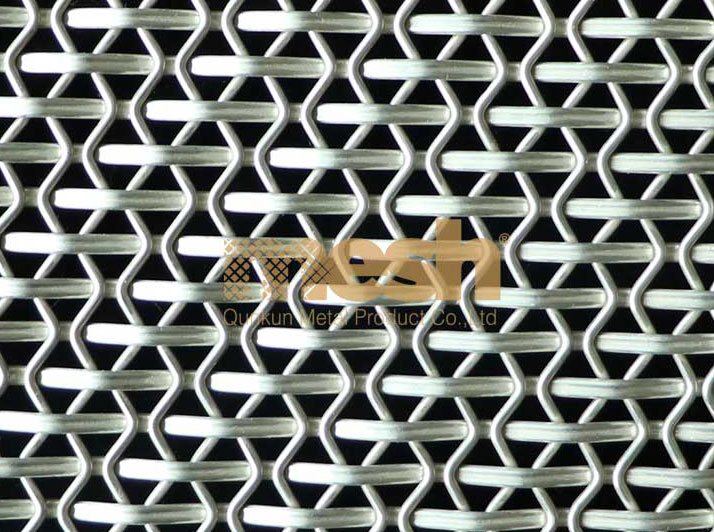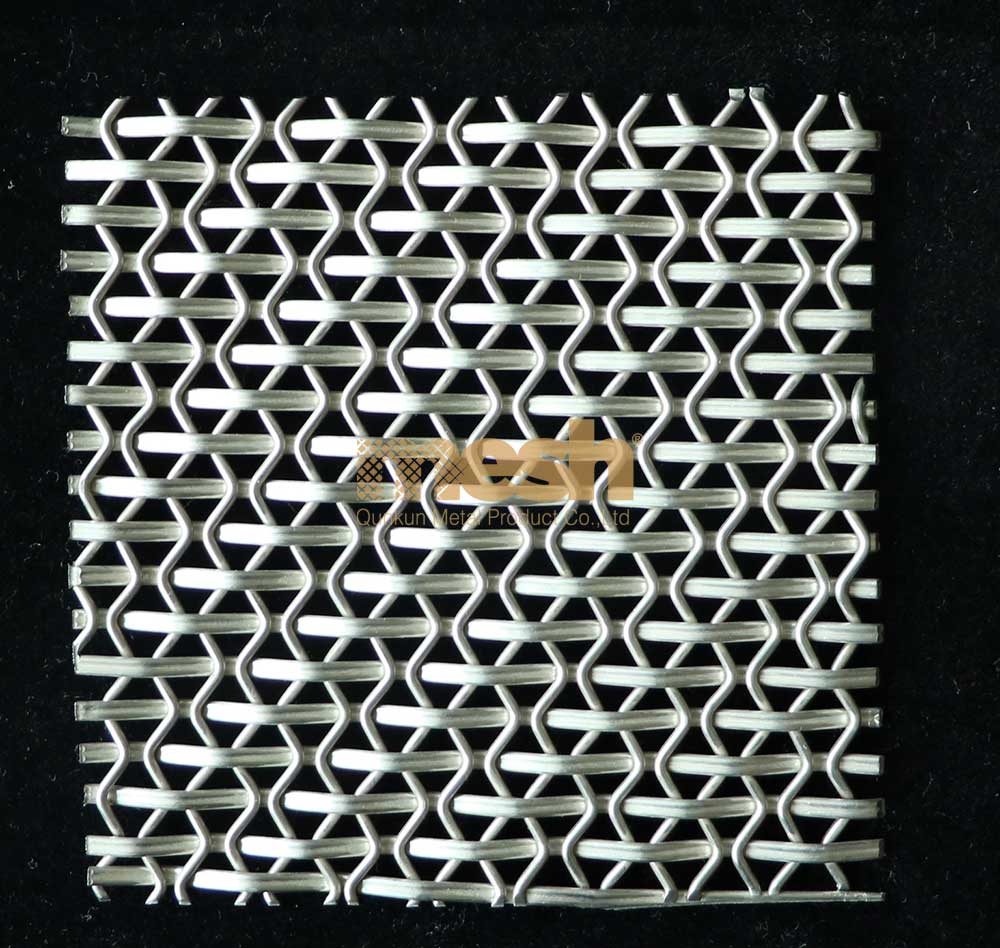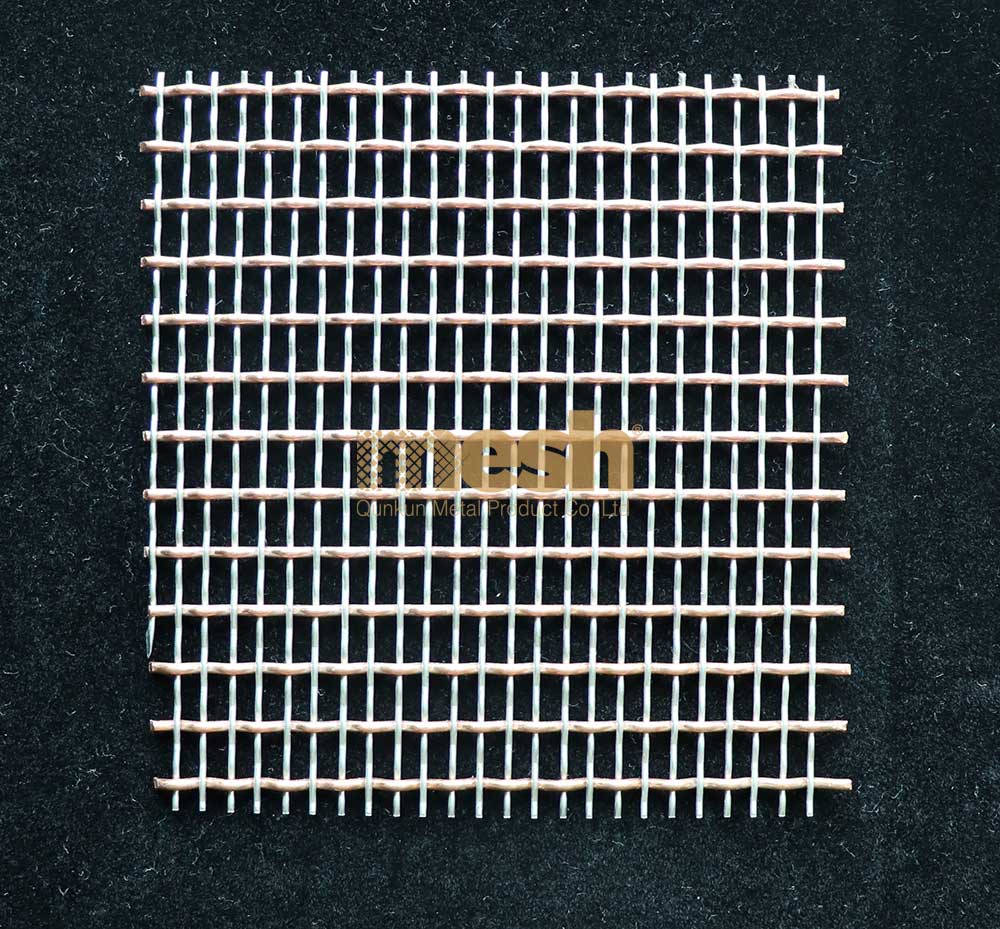One such element that has been capturing the imagination of designers and architects is architectural woven mesh. In the world of interior design, every element we choose contributes to a living, breathing work of art within our living spaces. This innovative material is transforming the landscape of interior design, adding a touch of sophistication and a dash of modernity to homes, offices, and public spaces. In this article, we delve into the artistry of incorporating architectural woven mesh and how it brings a new dimension to interior design.
Unveiling Architectural Woven Mesh: A Modern Marvel
Architectural woven mesh is a versatile material made from interlocking metal wires, carefully crafted into intricate patterns and designs. It is available in various metals, including stainless steel, aluminum, and copper, each offering unique characteristics. This mesh is more than just a functional element; it's a work of art that finds its way into the heart of modern architecture.

The Artistic Canvas: Applications of Architectural Woven Mesh
1. Decorative Panels:
Architectural woven mesh serves as decorative panels that can be incorporated into walls, ceilings, or even as room piders. The patterns and textures add an artistic flair, transforming a space into a visual masterpiece.
2. Facades and Cladding:
Woven mesh can be used to enhance the exterior facade of a building, creating a modern and aesthetically pleasing look. It offers a unique alternative to traditional cladding materials.
3. Furniture and Fixtures:
Woven mesh finds its way into furniture and fixtures, adding a contemporary touch to tables, chairs, lighting fixtures, and more. Its sleek and clean lines lend a sense of sophistication to any interior.
4. Safety and Balustrades:
Beyond aesthetics, woven mesh is used for safety purposes, especially in balustrades and staircases. It provides a safety barrier while preserving an open and airy feel.

The Art of Integration: Tips for Designers
Understanding Space and Lighting:
Consider the space and its lighting conditions when selecting woven mesh. The interplay of light and the mesh pattern is crucial in achieving the desired visual impact.
Harmonizing Colors and Textures:
Ensure the color and texture of the woven mesh harmonize with the overall design theme. It should seamlessly blend or contrast to create a balanced look.
Experimentation and Customization:
Don't shy away from experimenting with different patterns and customizations of woven mesh. It can be tailored to suit the unique design requirements of each project.
The Future of Interior Design: Woven Mesh as a Statement
As architectural woven mesh continues to gain popularity, its role in interior design is expected to expand. Innovations like smart mesh with integrated lighting and interactive properties may redefine the very essence of interior spaces, offering an unprecedented level of customization and engagement.

Conclusion
Architectural woven mesh is more than a design element—it's a statement of contemporary elegance. Its intricate patterns, versatility, and adaptability to various design styles make it a sought-after choice for designers aiming to create visually stunning and functional spaces. As this modern marvel continues to evolve, we can anticipate a future where woven mesh becomes an integral part of interior design, creating art that resonates with the soul of every space. Let the art of architectural woven mesh weave its magic into your design projects, and watch your interiors come alive with creativity and sophistication.
pre:Woven Wire Drapery vs. Traditional Curtains: A Modern Comparison
next:Exploring the Versatility of Architectural Woven Mesh: Beyond Aesthetic Appeal
© 2025 Joinwin Architectural Wire. All Rights Reserved. | Sitemap
Recommended Read
Luxury Chain Link Curtains for Southeast Asia – Premium Decorative Wire Mesh Manufacturer from China
Decorative ceilings – a new choice to enhance the beauty and function of the space